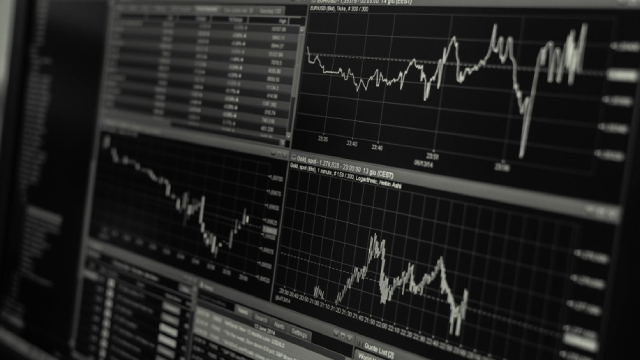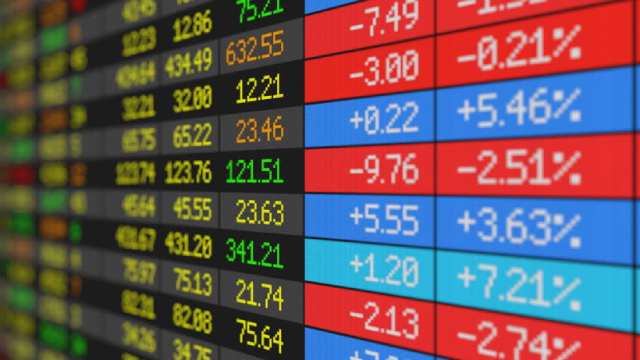
iShares MSCI China ETF (MCHI)
Summary
MCHI Chart

MCHI: Are We Missing The Real Impact Of China's Rare Earth Export Controls?
iShares MSCI China ETF presents a buying opportunity after an overdone market selloff driven by rare earth export control fears. MCHI's holdings are less exposed to China's export restrictions than U.S. equities, which face greater risk from disrupted rare earth supply chains. China's targeted export controls on rare earth elements threaten Western industries more than domestic Chinese companies, supporting the bullish case for MCHI.

MCHI Has One Thing U.S. Stocks Don't: The Risk Premium
The Chinese stock market offers a significantly higher equity risk premium than the U.S., driven by divergent monetary policies. U.S. EPS expectations remain higher, but monetary policy divergence fuels a notable equity risk premium gap between China and the U.S. Tariffs? I'm not worried. China has shown strong adaptability. Exports to the U.S. have declined, while overall exports have remained stable.

MCHI: A Buy If You Believe In De-Escalation
iShares MSCI China ETF offers broad exposure to Chinese equities, tracking the MSCI China Index, and remains the largest China-focused ETF with over $6 billion in assets. Trump's 'reciprocal tariffs' have triggered a global trade war, with China retaliating, escalating risks for Chinese equities and the MCHI ETF. I believe we now know America's pain point. There is effectively a 'Trump put.'
iShares MSCI China ETF (MCHI) FAQ
What is the stock price today?
On which exchange is it traded?
What is its stock symbol?
Does it pay dividends? What is the current yield?
What is its market cap?
Has iShares MSCI China ETF ever had a stock split?
iShares MSCI China ETF Profile
| XSGO Exchange | US Country |
Overview
The fund is an investment vehicle that primarily focuses on capturing the growth and performance of Chinese equity markets by investing a significant portion of its assets in securities that form part of a specified market-capitalization-weighted index. This index is tailored to reflect the performance of a broad segment of China's equity market, particularly targeting the largest and most liquid stocks as represented by H-shares and B-shares. The goal of the fund is to mimic the economic characteristics and performance of its underlying index, thereby offering investors exposure to the Chinese equity landscape through a non-diversified portfolio strategy. The emphasis is on aligning with the top 85% of companies in terms of market capitalization within the Chinese equity markets, aiming to provide an investment option that mirrors the dynamics and growth potential of China's broader economic environment.
Products and Services
- Component Securities of the Underlying Index
- Investments with Economic Characteristics Identical to the Underlying Index
- Free Float-Adjusted Market Capitalization-Weighted Index
The fund invests at least 80% of its assets in the component securities of the specified underlying index. These investments are chosen to ensure that they closely match the economic characteristics of the component securities, providing investors with targeted exposure to the Chinese equity markets. The strategy is focused on replicating the performance of the index, ensuring that the fund's holdings mirror the composition and performance characteristics of the securities within the index.
In addition to direct investments in the component securities of the underlying index, the fund also seeks out investments that have economic characteristics substantially identical to those securities. This approach allows the fund to diversify its investment mechanisms while maintaining a strong alignment with the market performance and economic characteristics of the index. Such investments might include derivatives or other financial instruments that mimic the performance of the index components, broadening the fund's strategies to achieve its investment objectives.
The underlying index that the fund aims to replicate is a free float-adjusted market capitalization-weighted index. This means that the index gives weight to companies based on their market capitalization, adjusted for the proportion of shares that are readily available for trading in the market. This method ensures that the index, and thereby the fund's investments, accurately reflect the market value and liquidity of the included stocks, focusing on the top 85% in market capitalization of the Chinese equity securities markets—especially the H-shares and B-shares markets.







